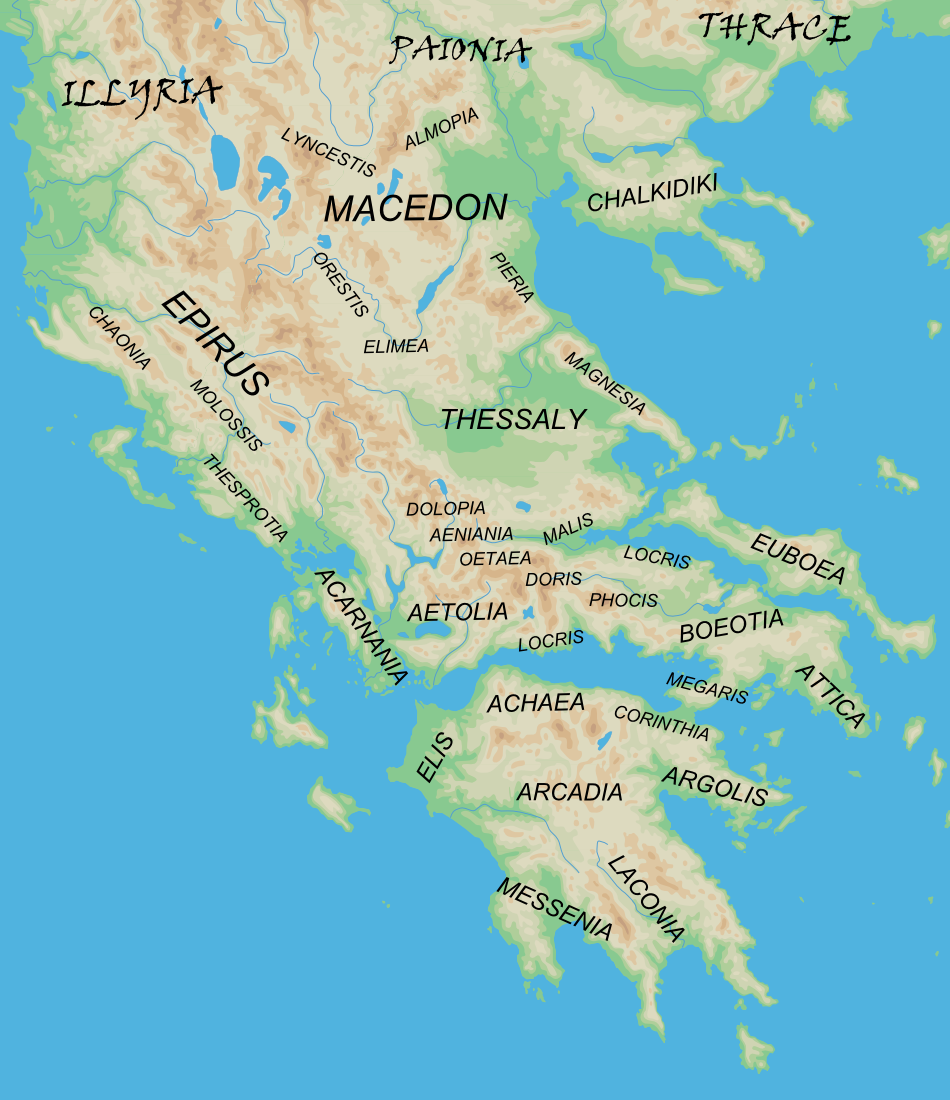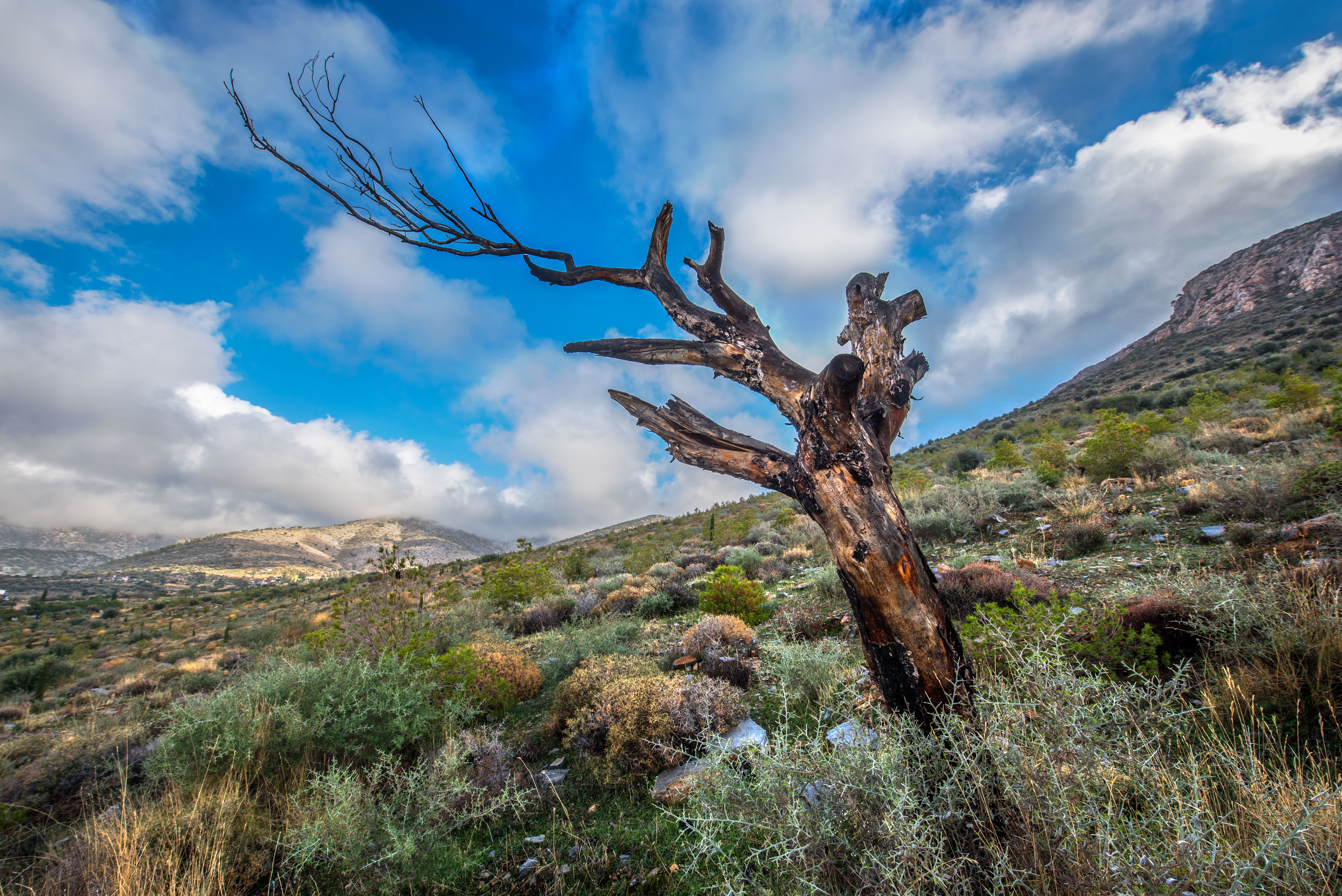|
Lower Paiania
Lower Paeania or Paiania Hypenerthen () was a deme of ancient Attica; it was located on the eastern side of Hymettus. One of two demoi named Paeania Paeania or Paiania () were two demoi of ancient Attica, divided into Upper Paeania and Lower Paeania, that were situated on the eastern side of Hymettus, near the modern village of Liopesi renamed to Paiania. It was the deme of Demosthenes.Har .... The site of Lower Paeania is located on the eastern outskirts of modern Liopesi. References Populated places in ancient Attica Former populated places in Greece Demoi {{AncientAttica-geo-stub ... [...More Info...] [...Related Items...] OR: [Wikipedia] [Google] [Baidu] |
Deme
In Ancient Greece, a deme or (, plural: ''demoi'', δήμοι) was a suburb or a subdivision of Classical Athens, Athens and other city-states. Demes as simple subdivisions of land in the countryside existed in the 6th century BC and earlier, but did not acquire particular significance until the reforms of Cleisthenes in 508 BC. In those reforms, enrollment in the citizen-lists of a deme became the requirement for citizenship; prior to that time, citizenship had been based on membership in a phratry, or family group. At this same time, demes were established in the main city of Athens itself, where they had not previously existed; in all, at the end of Cleisthenes' reforms, Classical Athens, Athens was divided into 139 demes., Three other demes were created subsequently: Berenikidai (224/223 BC), Apollonieis (201/200 BC), and Antinoeis (AD 126/127). The establishment of demes as the fundamental units of the state weakened the ''genos, gene'', or aristocratic family groups, that ... [...More Info...] [...Related Items...] OR: [Wikipedia] [Google] [Baidu] |
Ancient Attica
The regions of ancient Greece were sub-divisions of the Hellenic world as conceived by the ancient Greeks, shown by their presence in the works of ancient historians and geographers or in surviving legends and myths. Conceptually, there is no clear theme to the structure of these regions. Some, particularly in the Peloponnese, can be seen primarily as distinct geo-physical units, defined by physical boundaries such as mountain ranges and rivers. Conversely, the division of central Greece between Boeotia, Phocis, Doris and the three parts of Locris, seems to be attributable to ancient tribal divisions and not major geographical features. Both types of regions retained their identity throughout the Greek Dark Ages and its tumultuous changes in the local population and culture, giving them a less political and more symbolic presence. Other geographical divisions not identified with the aforementioned areas did, however, change over time, suggesting a closer connection with tri ... [...More Info...] [...Related Items...] OR: [Wikipedia] [Google] [Baidu] |
Hymettus
Hymettus (), also Hymettos (; ; ), is a mountain range in the Athens area of Attica, East Central Greece. It is also colloquially known as ''Trellós'' (crazy) or ''Trellóvouno'' (crazy mountain); the latter originates from the French "très long" (very long) in awe of its winding length of 16 km, as used by French travelers during the occupation of Greece by the Ottomans. Hymettus was assigned the status of a protected area in the EU's Natura 2000 ecological network. Geography The highest point of the mountain range is Evzonas (Εύζωνας) with an elevation of . The length of Hymettus stretches from Athens to the Saronic Gulf. It is 6 to 7 km from east to west. In ancient times, the highest point was known as Megas Hymettos and the southern peaks as Elasson (Ἐλάσσων "lesser, smaller") and Anydros Hymettos (Ἄνυδρος Ὑμηττός, "waterless Hymettos"). Today the southern peaks are called Mavrovouni (Μαυροβούνι, "black mountain") ... [...More Info...] [...Related Items...] OR: [Wikipedia] [Google] [Baidu] |
Paeania
Paeania or Paiania () were two demoi of ancient Attica, divided into Upper Paeania and Lower Paeania, that were situated on the eastern side of Hymettus, near the modern village of Liopesi renamed to Paiania. It was the deme of Demosthenes.Harpocr., ''s.v.''; ''Suda'', ''s.v.''; Phot., ''s.v.'' Notable people * Demades (380–318 BCE), orator and demagogue. * Demosthenes (384–322 BCE), orator and demagogue A demagogue (; ; ), or rabble-rouser, is a political leader in a democracy who gains popularity by arousing the common people against elites, especially through oratory that whips up the passions of crowds, Appeal to emotion, appealing to emo .... * Philippides of Paiania (293 BCE), archon Basileus and son of Philomelos. References Populated places in ancient Attica Former populated places in Greece Demoi {{AncientAttica-geo-stub ... [...More Info...] [...Related Items...] OR: [Wikipedia] [Google] [Baidu] |
Liopesi
Paiania (, , before 1915: Λιόπεσι - ''Liopesi'', ; Arvanitika: Λοπε̱σ romanized: Lopës) is a town and a municipality in East Attica, Greece. It is an eastern suburb of Athens, located east of Mount Hymettus. It is 11 km east of Athens city centre. Paiania is home to the Vorres Museum of Folk and Contemporary Art, the Foundation European Art Center (EUARCE) of Greece. the broadcasting facilities of Greek television station Oren TV and the former training facilities of football club Panathinaikos FC. Greek National Road 89 passes through the town, and the A6 motorway passes east of it. The town was renamed to reflect association with the ancient deme of Paeania. History In the late Middle Ages, the area was the site of Albanian (Arvanite) settlement, as can be seen from its toponym. Municipality The municipality Paiania was formed at the 2011 local government reform by the merger of the following 2 former municipalities, that became municipal units: * Glyka Ner ... [...More Info...] [...Related Items...] OR: [Wikipedia] [Google] [Baidu] |
Populated Places In Ancient Attica
Population is a set of humans or other organisms in a given region or area. Governments conduct a census to quantify the resident population size within a given jurisdiction. The term is also applied to non-human animals, microorganisms, and plants, and has specific uses within such fields as ecology and genetics. Etymology The word ''population'' is derived from the Late Latin ''populatio'' (a people, a multitude), which itself is derived from the Latin word ''populus'' (a people). Use of the term Social sciences In sociology and population geography, population refers to a group of human beings with some predefined feature in common, such as location, race, ethnicity, nationality, or religion. Ecology In ecology, a population is a group of organisms of the same species which inhabit the same geographical area and are capable of interbreeding. The area of a sexual population is the area where interbreeding is possible between any opposite-sex pair within the ... [...More Info...] [...Related Items...] OR: [Wikipedia] [Google] [Baidu] |
Former Populated Places In Greece
A former is an object, such as a template, gauge or cutting die, which is used to form something such as a boat's hull. Typically, a former gives shape to a structure that may have complex curvature. A former may become an integral part of the finished structure, as in an aircraft fuselage, or it may be removable, being used in the construction process and then discarded or re-used. Aircraft formers Formers are used in the construction of aircraft fuselage, of which a typical fuselage has a series from the nose cone to the empennage, typically perpendicular to the longitudinal axis of the aircraft. The primary purpose of formers is to establish the shape of the fuselage and reduce the column length of stringers to prevent instability. Formers are typically attached to longerons, which support the skin of the aircraft. The "former-and-longeron" technique (also called stations and stringers) was adopted from boat construction, and was typical of light aircraft built unt ... [...More Info...] [...Related Items...] OR: [Wikipedia] [Google] [Baidu] |



